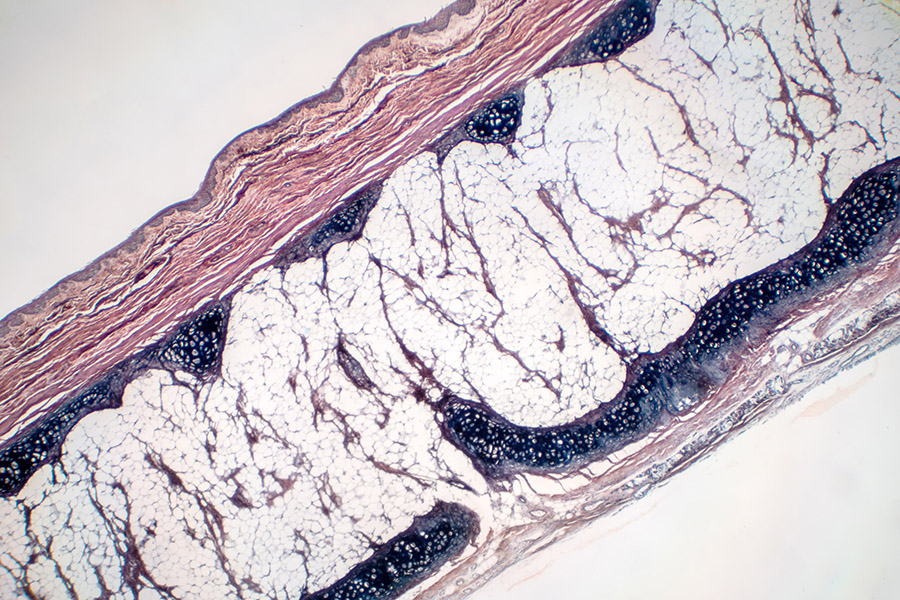



We at Proliance Surgeons Everett Bone & Joint are known for using innovative methods to treat our patient’s hand and wrist conditions. Below you’ll find a list of some of the hand and wrist problems our specialists treat.
A common condition that occurs when one of the major nerves in the hand is squeezed or compressed in the wrist. Carpal tunnel becomes worse over time if untreated and can lead to permanent dysfunction in the hand, including loss of sensation in the fingers and hand weakness.
This is a swelling of the tendons that run along the side of the wrist where your thumb is attached to the base of the hand. It occurs when the tendons are constricted by the sheath they run through from the wrist to the hand. It is commonly caused by overuse of the thumb and wrist on people with rheumatoid arthritis.
This is an abnormal thickening of the skin in the palm and base of your fingers, developing into a hard lump or thick band, eventually causing one or more fingers to curl and pull sideways toward your palm.
This is a lump appearing where the hand and wrist meet, occurring near the joints or tendons, and is often described as a swelling or bump. These cysts are common and usually found on the back of the wrist, in the middle of the wrist, or toward the base of the thumb. They can be painful with direct pressure or motion of the joint.
Arthritis can occur due to disease or trauma, both leading to inflammation of one or more of your joints. Hand arthritis is when one more of the many joints becomes inflamed and if untreated can lead to loss of shape, limited motion, and pain. Pain, stiffness, swelling, and progressive loss of motion of the fingers and wrist are common symptoms as arthritis progresses.
This involves a break in one of the bones in the hand, including the small bones in the fingers or the longer bones within the palm. Pain and swelling in the fingers or hand after direct trauma to the hand with swelling and deformity are common when a fracture occurs.
Also known as flexor tendon injuries, these usually occur from a cut on the palm side of your fingers, hand, wrist, or forearm or from an extreme pull away from what you’re trying to grasp at. Tendon injuries prevent movement of the fingers and nerve injuries cause loss of sensation.
Also known as luxation, this occurs when a separation occurs in the joint where two or more bones meet and is often caused by a sudden trauma on the joint from an impact or fall. Joint dislocation can damage surrounding ligaments, tendons, muscles, and nerves as well.
Sometimes referred to as baseball finger, this condition is from an injury to the thin tendon that straightens the end joint of a finger or thumb where the tip of a finger or thumb is forced to bend further than it is supposed to go.
Also known as a sprained thumb, this often occurs when the ligaments within the thumb are stretched beyond their limits or torn, usually when the thumb is bent backward away from the palm. Symptoms include pain, swelling, instability at the base of the thumb, difficulty, and weakness with holding and pinching.
This is caused by inflammation in the tendon, causing swelling, pain, and discomfort. The inflammation is usually because of a sudden injury stemming from a repetitive movement over time, such as from a job or hobby.
Also known as basal joint arthritis, with symptoms including pain at the base of the thumb and is the second most common type of arthritis in the hand. The cause is usually related to aging with the condition exacerbated by injury or overuse.
Also known as stenosing tenosynovitis, this condition causes pain, stiffness, and a locking sensation when you bend or straighten your finger. How trigger finger develops isn’t well known, though factors identified for an increase in risk are diabetes, rheumatoid arthritis, and forceful use of the fingers and thumb.
A broken wrist can entail a fracture in any of the ten bones in the wrist and is described in two categories: non-displaced breaks where the bone hasn’t moved out of place, and displaced breaks where the bone needs to be put back into its proper position. The cause can range from osteoporosis to a sudden injury like falling or an accident of some sort. Swelling and pain are common symptoms of a wrist fracture.
This condition develops when the ligaments supporting the wrist stretch beyond their limits or tear, such as bending or twisting intensely. There are three grades correlating to the severity of the injury and the symptoms can include bruising, swelling, tenderness, popping, or tearing felt in the wrist.



Todd Havener, MD and Howard Barker, MD along with retired Proliance Surgeons Everett Bone & Joint doctor Clay Wertheimer, have discussions on knee, hand and shoulder surgeries.



Todd Havener, MD and Howard Barker, MD along with retired Proliance Surgeons Everett Bone & Joint doctor Clay Wertheimer, have discussions on knee, hand and shoulder surgeries.